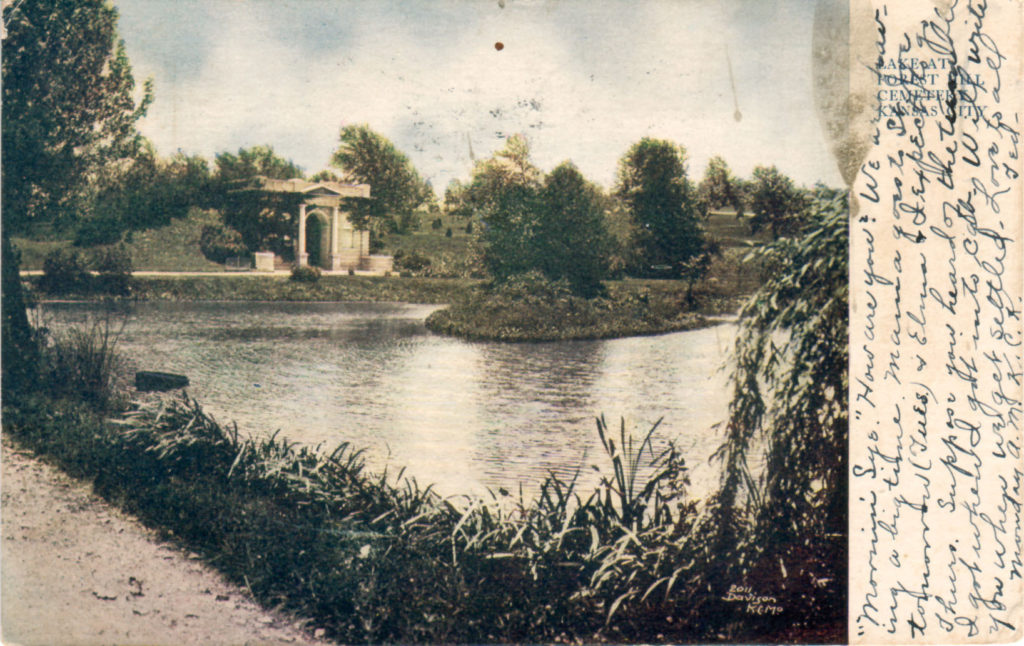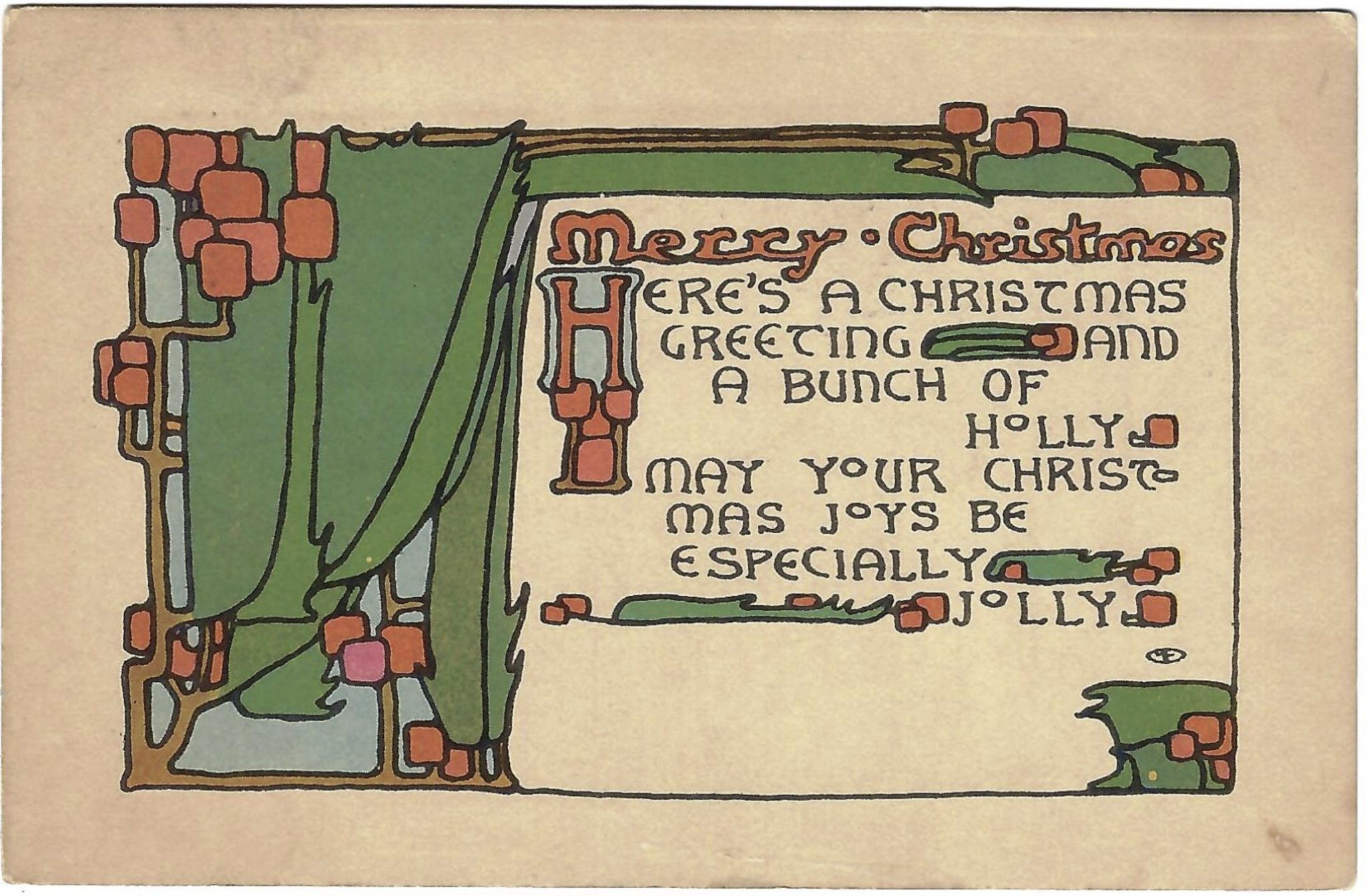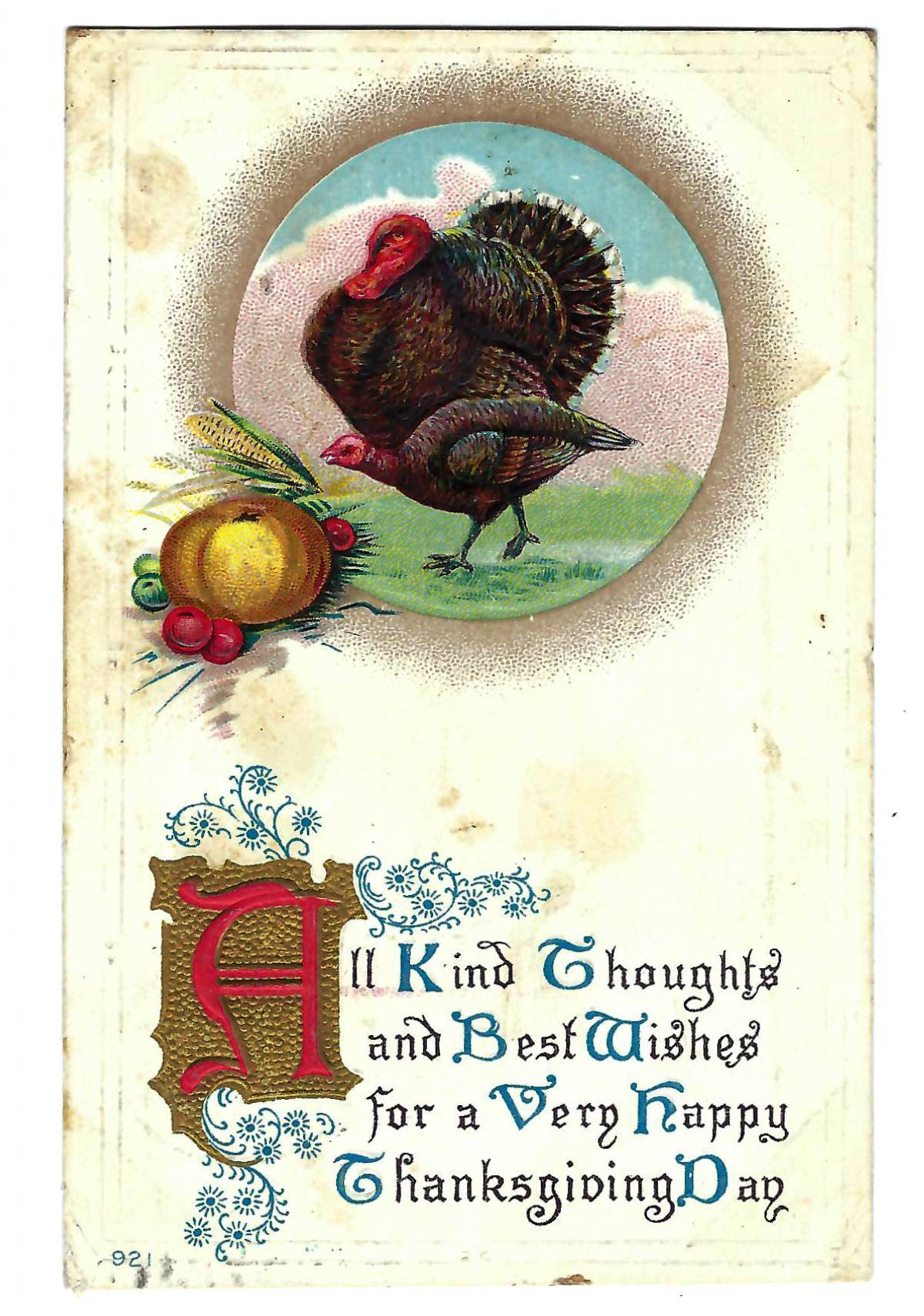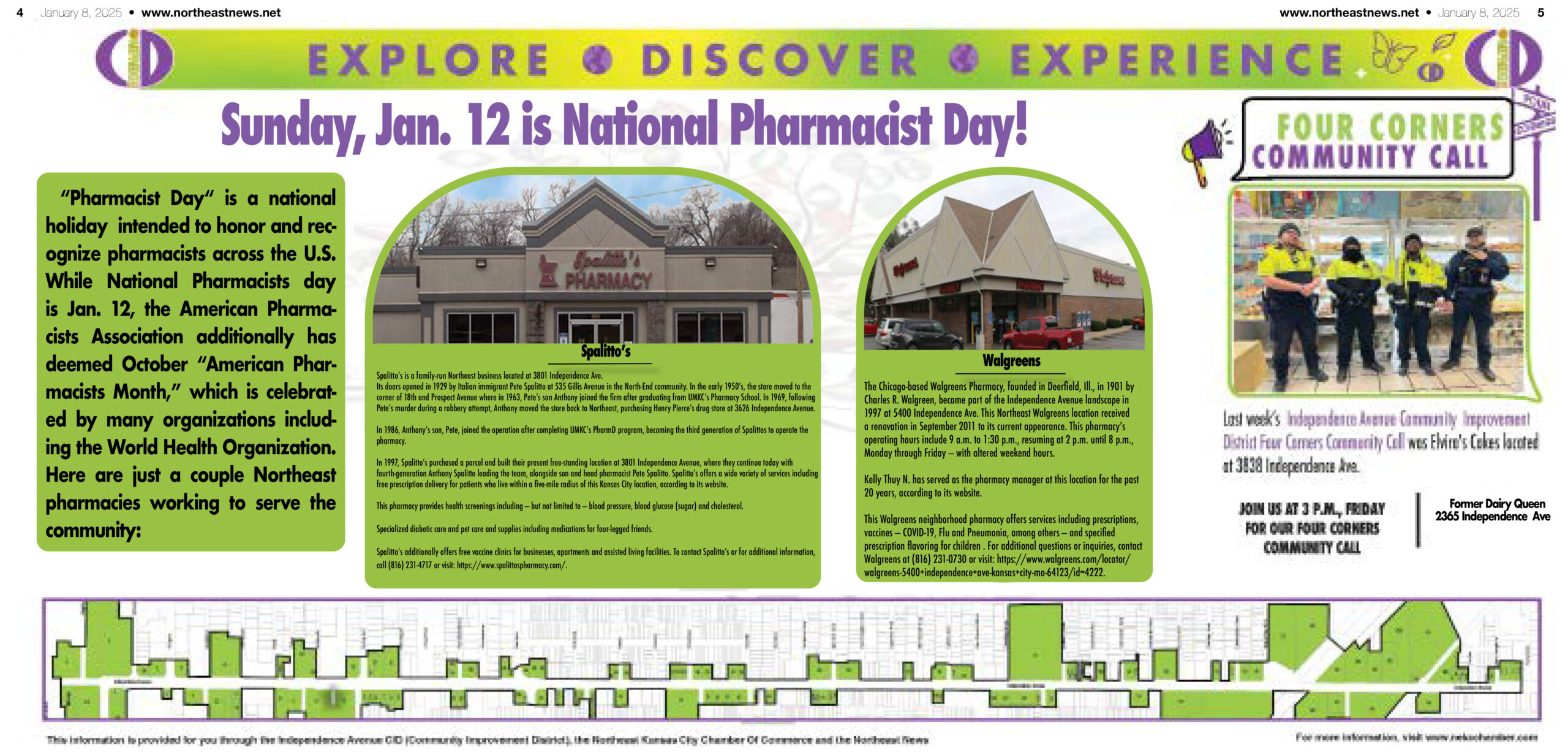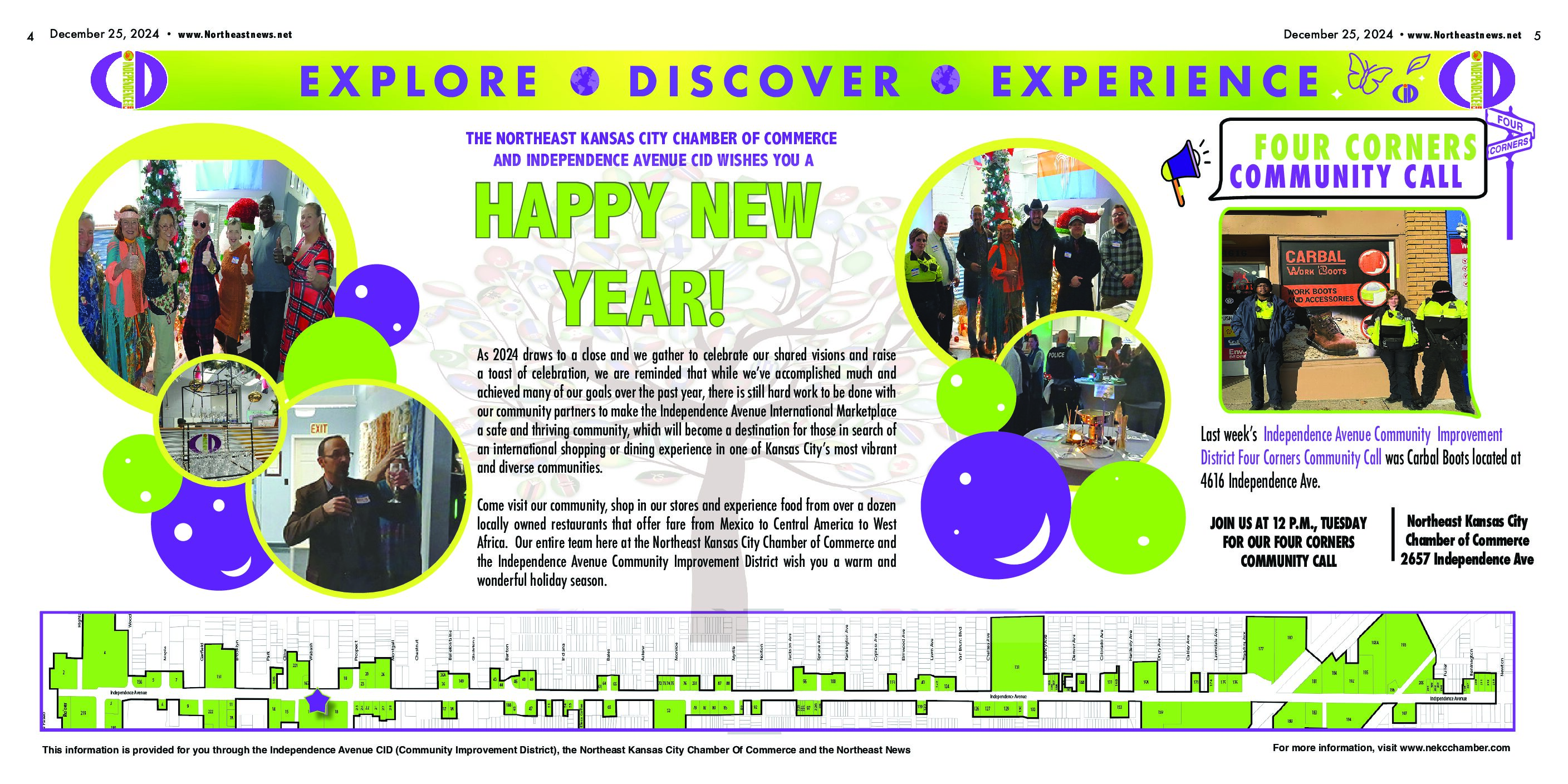By MICHAEL BUSHNELL
Northeast News
November 30, 2016
In 1888 when the Forest Hill Cemetery was incorporated, it lay outside the Kansas City limits at 69th Street and Troost Avenue. The limestone building shown in the postcard was the receiving vault.
Traditionally, graves were dug by hand, a procedure that was extremely labor intensive and virtually impossible during the long Midwest winters. So, the receiving vault was where bodies were kept when it was too cold for a hand-operated shovel to penetrate the frozen earth. Grave digging was resumed during the warmer months of spring and summer.
The lake shown in the card has been filled in and landscaped since then, leaving no trace of its whereabouts.
During the early part of the 20th century, a large abbey was built to house burial vaults for families. The abbey is of Roman Renaissance architecture and dominates the grounds, which were an integral part of the Battle of Westport in October 1864.
A marker placed by the Daughters of the Confederacy and titled “Shelby’s Last Stand” marks the area where Confederate Gen. Joseph Orville Shelby was forced back by Union generals Curtis and Pleasanton. Shelby used the stone fences running across the property for cover but was eventually outgunned and outnumbered by the advancing Union brigades. A memorial pays homage to 75 Confederate soldiers from Virginia, Texas, Missouri, Arkansas and Illinois who died during the siege and who are interred at Forest Hill.
Some notable Kansas Citians who are buried in Forest Hill include Boy Scout leader and former Kansas City Mayor H. Roe Bartle, baseball great Leroy “Satchel” Paige, and political boss Tom Pendergast, in addition to Confederate General Joseph Shelby.
Cemetery vaults held waiting bodies in historic cemetery
Related Posts
An Arts and Crafts Era Christmas
Michael Bushnell Contributing Historian With the Arts and Crafts Movement in full swing at the time, we bring you this simple, Christmas greeting postcard sent from Chicago, Illinois to Miss…
Thanksgiving Day Greetings
Michael Bushnell Contributing Historian What Americans celebrate today as Thanksgiving is traditionally tied to a three-day feast involving the Pilgrims after their first American harvest in 1621. The previous winter…


